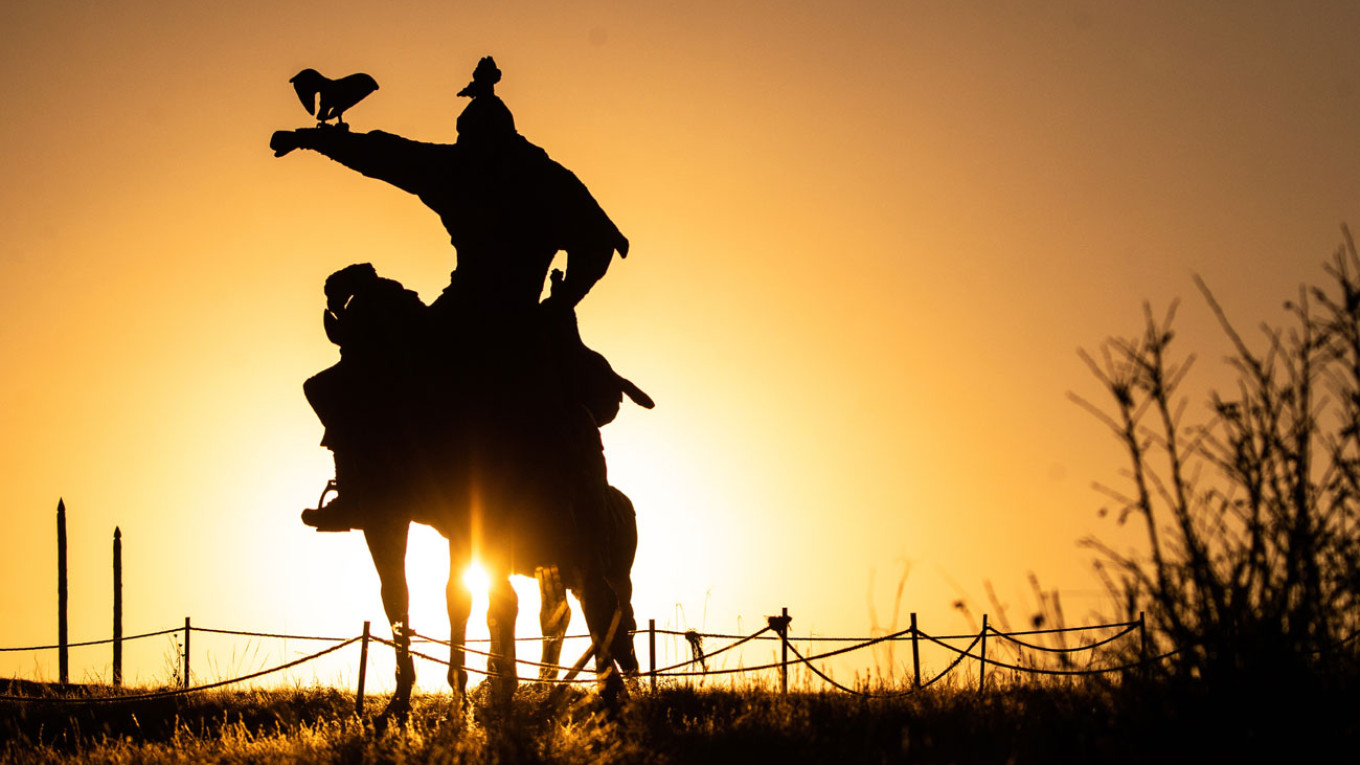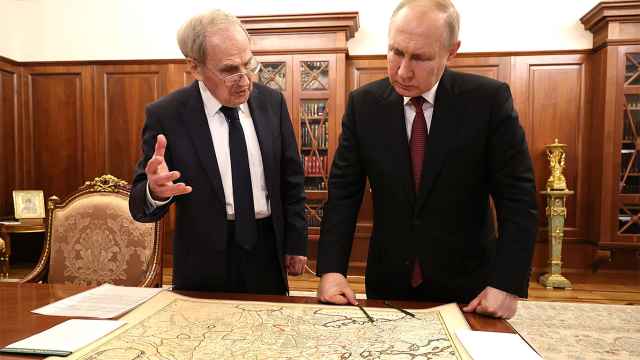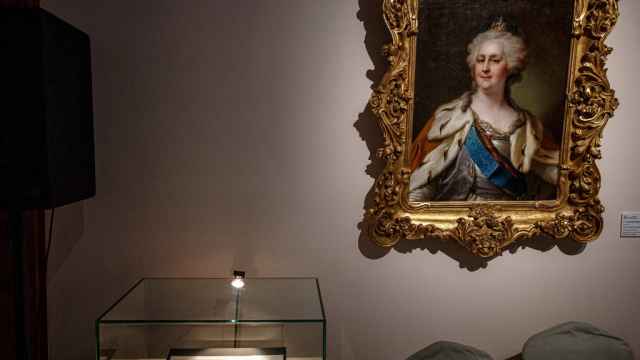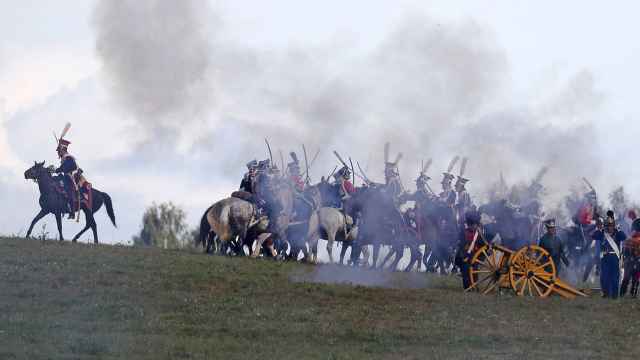Sometime in the early thirteenth century, a great king divided his vast kingdom among his four sons. That king’s name was Temüjin, but he went down in history is Chinggis (“Mighty”) Khan. Anyone who has seen or read “King Lear” might think this an inauspicious start to the story of a ruling house. But in “The Horde: How the Mongols Changed the World,” French historian Marie Favereau takes readers on a journey spanning over three centuries, showing that Chinggis’s distribution of his territories led not to unmitigated strife and destruction but to the emergence of an unprecedented era of cultural and economic adaptation and exchange.
Favereau’s focus is on Chinggis’s eldest son, Jochi, whose ulus (“people”) became the eponymous Horde. For Europeans, the word “horde” connotes a mass of unruly people. But, as the author notes, these resonances are the legacy of the fear and incomprehension with which medieval chroniclers wrote of the conquering force from the steppe. As Favereau clarifies, for the Mongols themselves, orda meant “a site of power, people under a ruler, a huge camp”— in other words a mobile system of governance. Each of Chinggis’s sons presided over their own horde, but Jochi’s was the Horde, and it is this group’s trajectory that Favereau follows.
Perhaps the most challenging aspect of “The Horde” is keeping track of its ever-expanding cast of characters. The Mongol Empire was not a unitary state, but rather a constellation of multiple hordes which merged, broke apart, fought and shifted over time. While referred to throughout the book as “ulus Jochi,” Jochi himself dies long before it reaches its zenith. Upon his death, the Horde breaks into two wings: the White Horde, led by Jochi’s older son Batu, and the Blue Horde, led by the younger son Orda. Favereau covers in great — and perhaps too minute — detail the blood and political ties between these two hordes and others. In Chapter Four, we find ourselves in the midst of an internecine conflict between the Great Khan Qubilai and his brother Arigh (sons of Tolui); Berke (the son of Jochi); and Hülegü (another son of Tolui). Jochid Berke and Toluid Hülegü take sides in Qubilai and Arigh’s battle for the Great Khanate, all the while conducting their own battles for territory in the Middle East. The book is liberal in its use of maps (there are 11) but one is left with the distinct sense that at least one of these pages could have been dedicated to a family tree. An unfortunate result of Favereau’s painstaking attention to these relations is that the book’s key messages can get lost within the forest of detail.
Among the book’s timeliest and most powerful elements is the depiction of the relationship between the Mongols and their Russian vassals. Nineteenth-century Russian historian Sergei Solovyov set the precedent for future Russian historiography with his book “Russia Under the Tatar Yoke: 1228-1389,” casting the Horde as a barbaric and destructive force that did nothing but attack and oppress the Russian people. The idea that the Mongol legacy is responsible for the authoritarianism and violence of Russia’s leaders has gained particular credence among Westerners, liberal Russians, and even some Ukrainians in the wake of Russia’s brutal full-scale invasion of Ukraine. Shortly after the launch of the invasion, for example, prominent Russian journalist Yulia Latynina, tweeted “We are witnessing the rebirth of the Kievan Rus. Everything democratic, market-oriented, and western will be concentrated in Kyiv. Kyiv will once more become the capital of the Rus. Moscow will be the capital of the horde.”
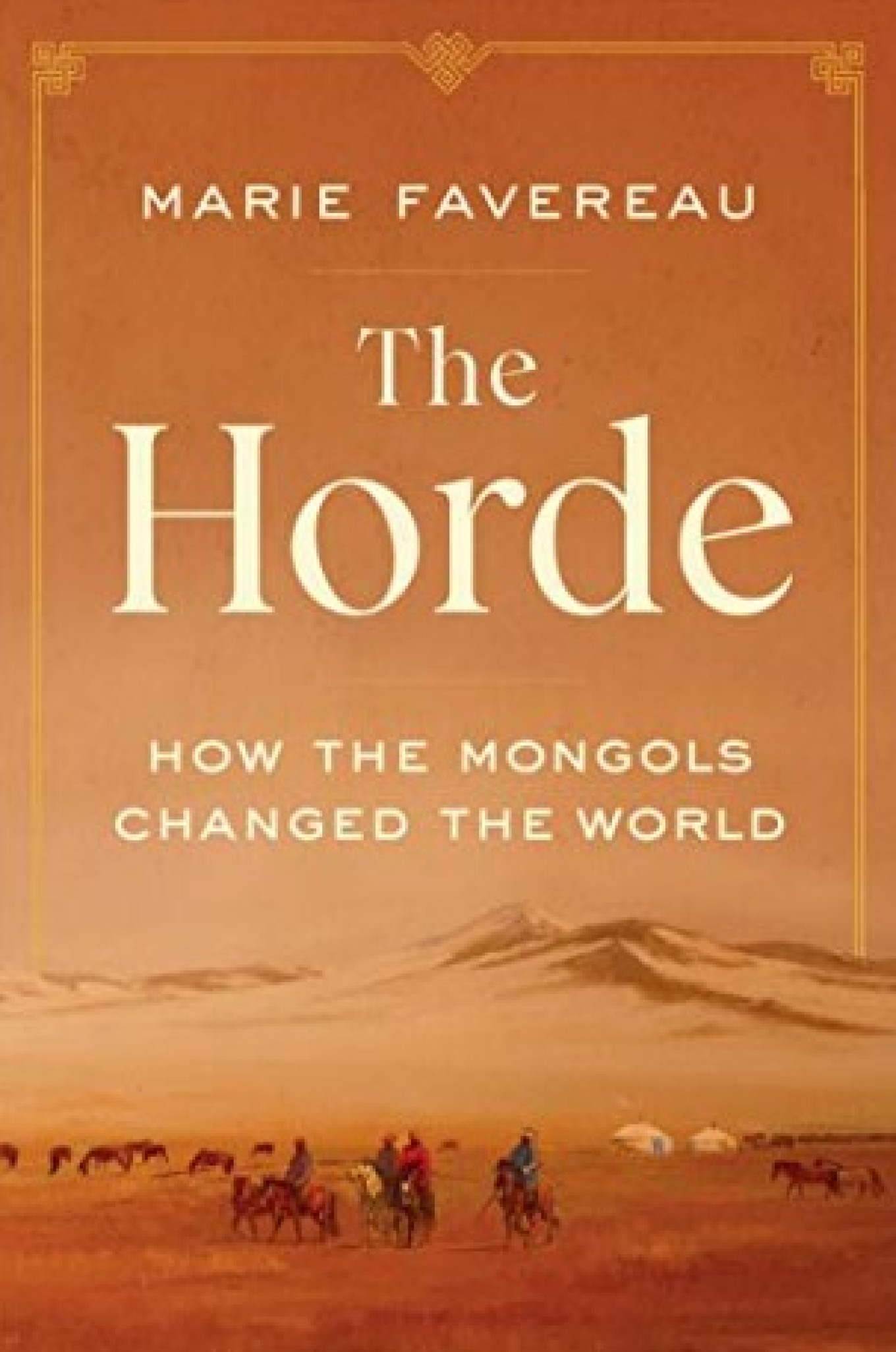
Similarly, Former Assistant Corporate Secretary of the Word Bank Group Dirk Mattheisen attributed Russia’s “tendency towards authoritarianism to “the straight line from Mongol vassal, to Mongol agent, to oppressor, to empire, to autocratic (and predatory) socialism, to Putin’s national democracy.”
Favereau deftly dismantles the myth of the “Tatar Yoke,” demonstrating that the Russian principalities experienced “extraordinary economic vitality” during this period, as well as receiving financial and legal protections that facilitated production in the farms and craft workshops owned by their elites. Moscow itself owes its rise from backwater town to imperial center to the favor bestowed upon it by the Horde.
Favereau deserves commendation for reappraising Mongol rule without romanticizing its unsavory elements: Chapters One and Two are dedicated to their brutal suppression of other steppe peoples, such as the Qipchaqs, who resisted their rule, while Chapter Seven deems the Mongols “at least partially responsible” for the spread of the Black Death because of the immense trade networks they created. Rather, she argues that focusing solely on the violence “leaves no place for acknowledging Mongol state-building,” or their “liberal style of rule” that allowed Muslims, Jews, Christians, and pagans to co-exist and practice their faiths unmolested.
The book’s narrative is strewn with details that glimmer tantalizingly but whose surfaces are barely scratched. The role of Mongol women is one example. Favereau makes passing references to the wives of khans, such as Bayalun, the stepmother, and Taidula, the chief wife of Özbek, khan of the Blue Horde from the 1290s to the 1310s, who were powerful figures in their own right. While Favereau deserves praise for the wealth of research she manages to fit into three hundred pages, giving greater space to the lives and experiences of the Horde’s women would have been apt in a book that seeks to overturn traditional narratives.
The readerships that "The Horde" may appeal to are as diverse as the picture that it paints, and is a must-read for anyone interested in any aspect of Eurasia, both past and present. While intended for a general as well as specialist audience, Favereau’s writing style is rather dry, which detracts from the richness of the topic and does a disservice to the extraordinary stories that permeate this epoch. Overall, though, “The Horde” is a book that has profound ramifications for our understanding of European and Eurasian history. It is not an easy read, but it is a worthwhile one that irrefutably enthrones the Mongol Empire as one of the great drivers of global history.
Marie Favereau is Associate Professor of History at Paris Nanterre University. She has been a member of the French Institute of Oriental Archaeology, a visiting scholar at the Institute for Advanced Study, and a research associate for the Nomadic Empires project at the University of Oxford. “The Horde: How the Mongols Changed the World” is published by Harvard University Press and can be purchased from their website.
A Message from The Moscow Times:
Dear readers,
We are facing unprecedented challenges. Russia's Prosecutor General's Office has designated The Moscow Times as an "undesirable" organization, criminalizing our work and putting our staff at risk of prosecution. This follows our earlier unjust labeling as a "foreign agent."
These actions are direct attempts to silence independent journalism in Russia. The authorities claim our work "discredits the decisions of the Russian leadership." We see things differently: we strive to provide accurate, unbiased reporting on Russia.
We, the journalists of The Moscow Times, refuse to be silenced. But to continue our work, we need your help.
Your support, no matter how small, makes a world of difference. If you can, please support us monthly starting from just $2. It's quick to set up, and every contribution makes a significant impact.
By supporting The Moscow Times, you're defending open, independent journalism in the face of repression. Thank you for standing with us.
Remind me later.



